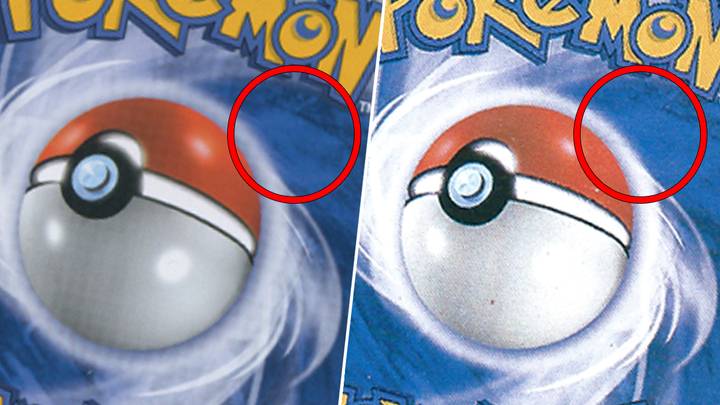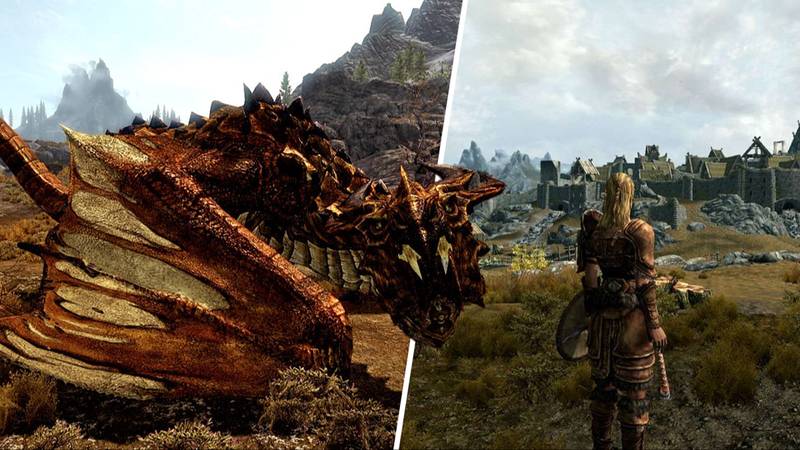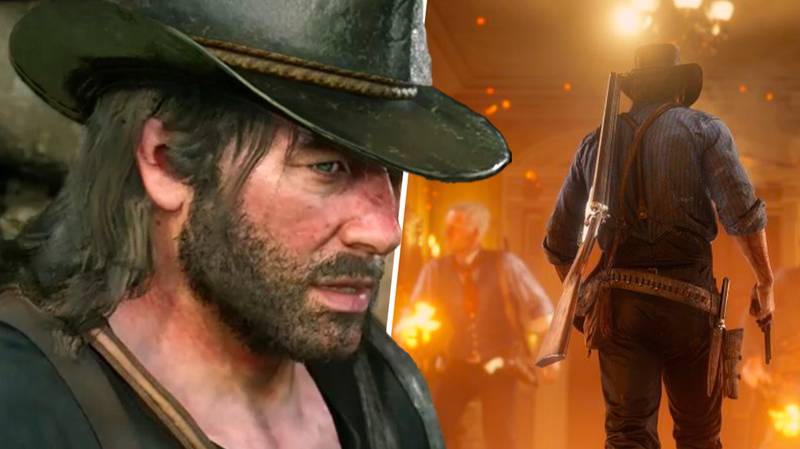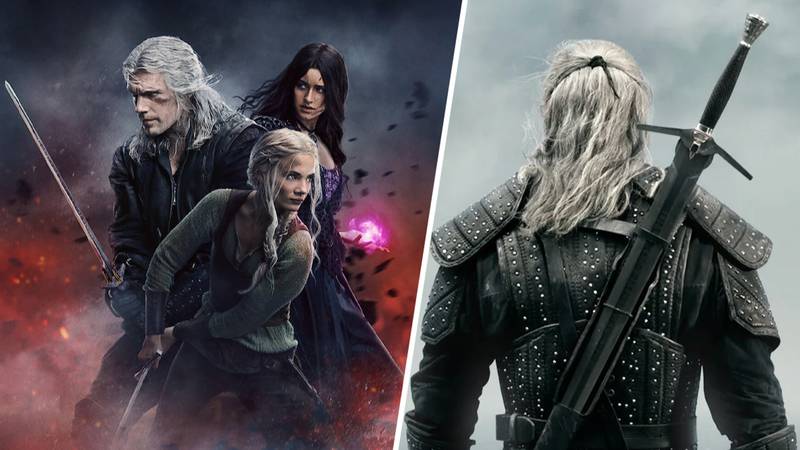Here's How To Tell If Your Pokémon Cards Are Fake
Published
| Last updated

Featured Image Credit: The Pokémon Company
It's undeniable: Pokémon Trading Card Game collections often have the pride of place in any player's inventory. The series is where their enthusiasm forthe world of Pokémon sprouted, but there's a certain je ne sais quoi about holding a stack of cards in your hands. It feels like the lines of code and adorable sound effects from your Game Boy, Nintendo DS, or even your phone have been brought into your life. It would be damning to discover that your prized Skyridge Celebi Holo card was in fact a fake, so here's a handy guide to halt the heartbreak.
Though hunting down and trading Pokémon cards is all the rage once again, the rise in the pastime's popularity and availability leads to a number of unsavoury individuals who seek to scam honest players. Last year, Chris Camillo (one of the hosts for the YouTube channel Dumb Money) livestreamed what would have been a monumental moment for the series and the spin-off trading card game: exchanging $375,000 in cash for a box of rare and unopened first-edition Pokémon cards. Before the transaction was completed, however, Camillo asked the seller to open the box and examine the cards. They were fake.
The host claimed that they and their team had taken "extreme precautions" when it came to verifying the stock, but it evidently wasn't enough. "The amount of clout and respect I'm going to take a hit for selling a box that turns out to be fake, it's going to be massive," said the seller, stunned that they had been hoodwinked, too. "I don't want exposure like this, it's the last thing I want. This is my reputation." If you've got a funny feeling in your stomach finding out that the experts aren't able to tell the difference between a real card and a forgery, then never fear. There's a straightforward and understandable guide to ascertaining whether what you've got is the genuine article.
Now, take a look at the card. Some things are easy to spot if you know what you're looking for: spelling and grammatical errors, missing "é"s in the word "Pokémon," missing the year that the card was printed, an incorrect HP value (check that here in the Pokémon TCG card database). Small yet significant visual conflicts will show that the card isn't real.
Loading…
If everything appears to be regular, then you could also verify the card in the official database, because on occasion, fans will make fake cards with their favourite Pokémon artwork. Then, examine its weight and dimensions. Fakes will usually be printed on lighter (and cheaper) card, whereas real cards will have crisper and clearer text owing to the heavier (and higher-quality) material. Also, if you know you have a legit card, compare its height and width to the dubious card. If the other one is smaller or narrower than the actual one, then it's likely that it's counterfeit.
Naturally, this guide isn't foolproof, and there are such things as misprints. If you're still undecided on the status of your cards, then get in touch with an expert. Furthermore, always ensure you purchase your cards from official sources, or sellers with excellent feedback from buyers. Aside from that, may the odds be ever in your favour.
Topics: Pokemon












